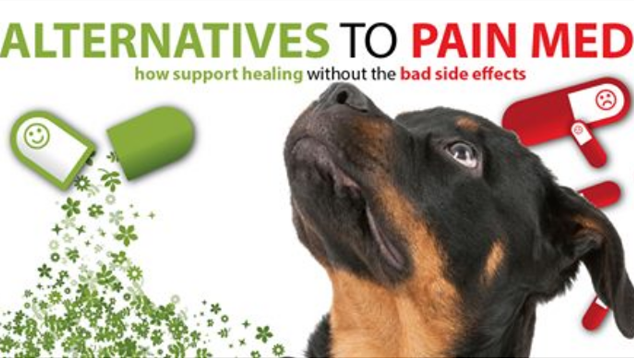Heat stroke.
⠀
It can happen anywhere –the city or the countryside. And your ability to approach the situation correctly will not only help your pet feel better, but also can save their life.
⠀
Normal body temperature varies slightly for different breeds, but anything over 39.5 °C (103.1 °F) is already too much.
⠀
Reasons for fever:
▫️hot weather and high humidity (it can be a hot day, or when a dog is sitting in a hot room or car without AC or drafts)
⠀
▫️upper respiratory tract infections, chronic diseases, cardiovascular diseases, nervous system disorders
⠀
▫️extreme physical exercise.
⠀
Indicators of a heat stroke:
⠀
✔️shortness of breath
⠀
✔️ redness of mucosal surfaces
⠀
✔️dehydration
⠀
✔️saliva thickening
⠀
✔️acute renal failure
⠀
✔️arrythmia (heart irregularity)
⠀
✔️ tachycardia (increased heart rate)
⠀
✔️weakness
⠀
✔️dizziness
⠀
✔️changes of mental state
⠀
✔️impaired motor coordination
⠀
✔️cramping
⠀
✔️muscle tremors
⠀
✔️vomiting, sometimes with blood
⠀
✔️diarrhea
⠀
✔️shock
⠀
✔️coma
⠀
What to do?
⠀
While you are on the way to the vet, make sure to lower your pet’s body temperature by putting them in cold water (for very small dogs – warm) and then increase the air flow around your pet by putting a fan next to them.
⠀
NOTE: using very cold water may lead to more harm.
⠀
Quick drop of body temperature to very low indicators can result in life-threatening conditions.
⠀
Check your dog’s temperature every 5 minutes. As soon as the temperature decreases to 39.4 °C (102.9 °F), stop the cooling procedures, dry your pet well and cover them with a blanket, so that they don’t continue losing their body temperature.
⠀
Even when you see that your dog is feeling better, still make sure to visit a vet as soon as possible, because there might be other invisible problems at play, like dehydration.
⠀
It’s very important to remember to never use ice-cold water.
⠀
Chills and shivering are not desirable, because they create warmth inside.
⠀
Rapid temperature drop might lead to many problems, it’s better to observe a gradual temperature decrease.
⠀
Let your dog drink lukewarm, cold-ish water, but not ice cold, as much as he wants. Don’t make him drink by force.

